By Roger and Marcia Eaton, grandson*
*Relation to Andy and Flora Lehr
Many of us have had ideas for products that would be useful inventions. Only a few people file patent applications. This is an essay of one of our relatives who pursued the legal process to file a patent for his idea.

Henry Gephart’s father passed away at the age of 37 in 1871. Henry was 12 years old. The 1880 United States Census lists the family living in Chicago, Illinois. Five years later, his mother, Martha Grace (Frazer), married Alfred Masterson. She met Alfred while on a visit with her sister Ellen (Frazer) Berkley in Ellsworth, Kansas.
Martha and Alfred built a flour mill in Lincoln County, Kansas. The town of Sylvan Grove, Kansas sprang up surrounding the mill. Sylvan Grove is near Ellsworth. Henry remained in Chicago.
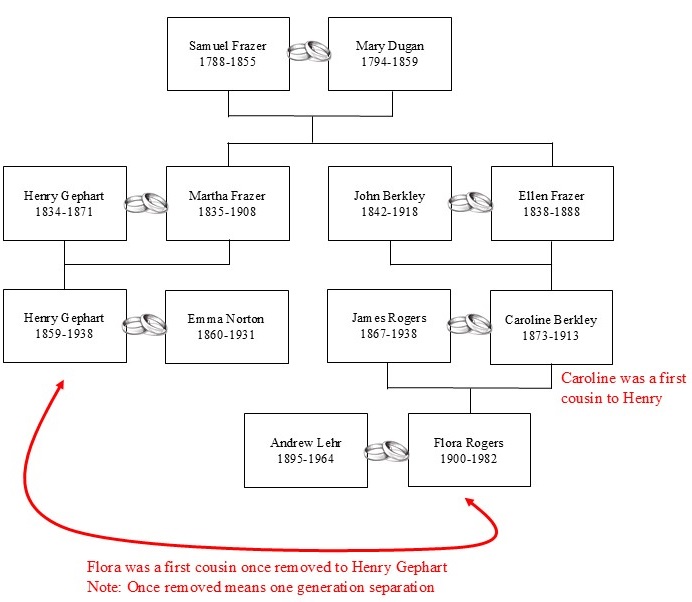
On May 2, 1880, Henry married Emma Norton in Chicago, Illinois. Together that had three children. The 1920 Census lists the family in Kanawha, West Virginia. Later, in the 1930 census they are listed in Franklin Ohio.

Henry was active in his communities. He served on the board of directors of a cooperative grocery store along with several service organizations.
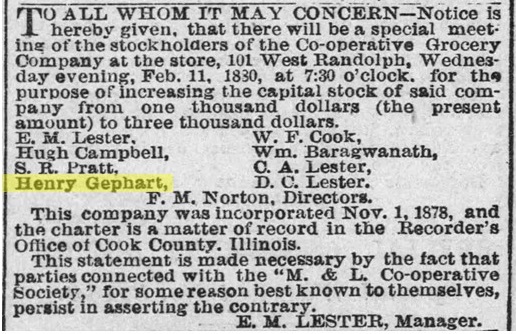
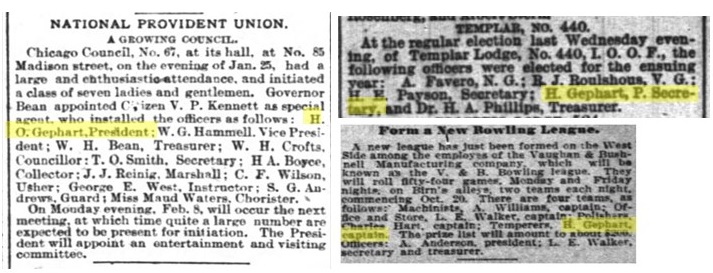
His grandfather, Samuel Frazer, was a silversmith and his uncle was a silversmith and watchmaker. His father-in-law was a brass molder. That may have influenced Henry’s occupation selection. The 1880 United States Census lists Henry’s occupation as brass molder. By the 1900 census, he was a foreman at a tool factory. At the age of 51, in 1910, he is listed as a mechanical engineer.
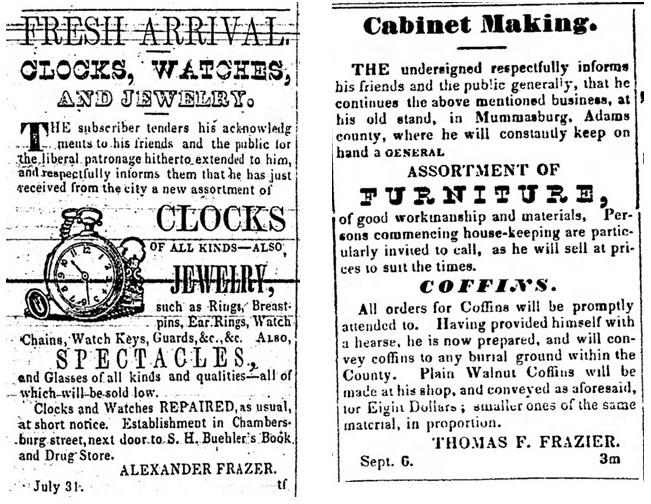
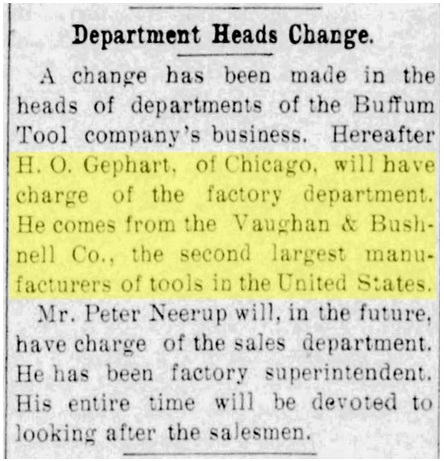
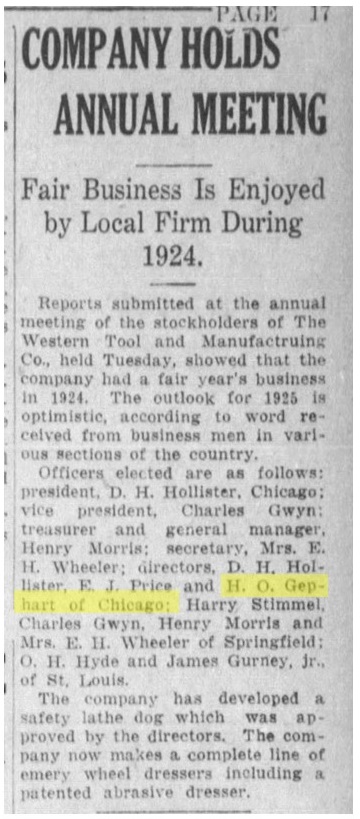
Henry and Harry Wilson filed for a patent on their hammer in October of 1912 and were awarded a patent in February of 1913. To me, the hammer is a primitive tool about the same as the wheel. Their design included a claw for extracting nails. Both men worked at the Van Doren Manufacturing, a tool manufacturing company, when they received their patent.
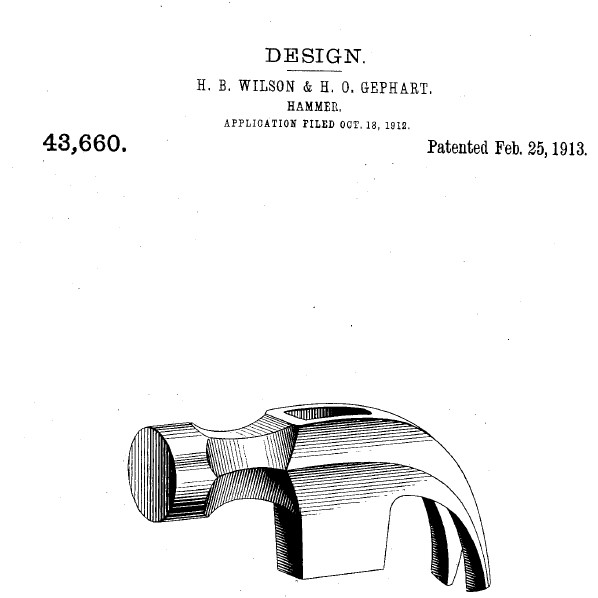

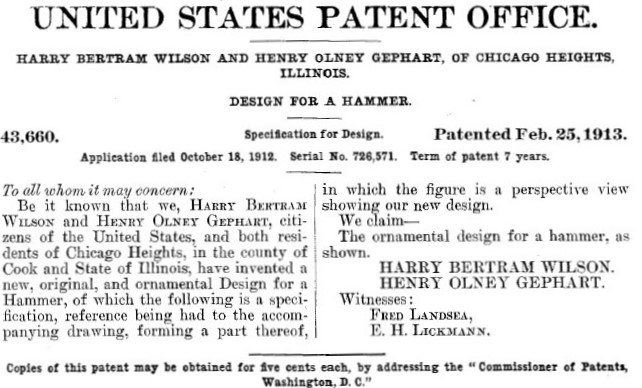


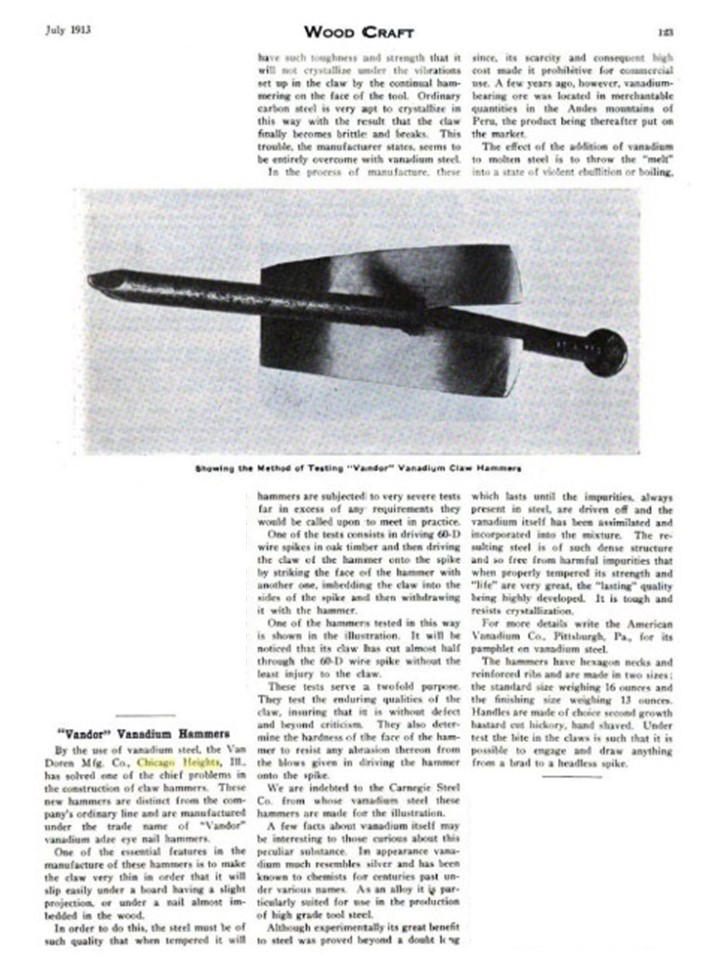
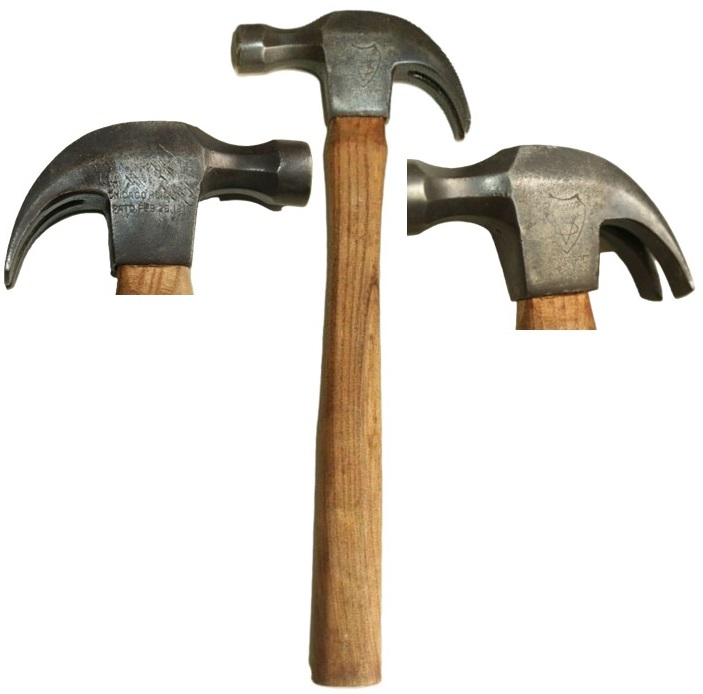
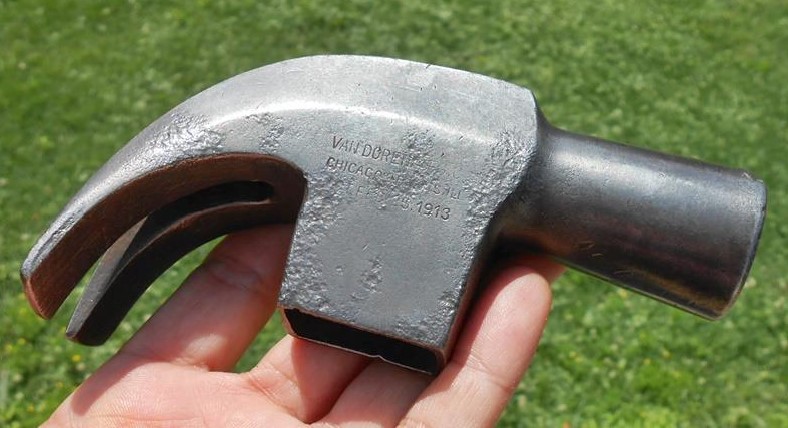
Henry and his family relocated as his jobs required. He eventually retired in Columbus, Ohio. He and Emma lived their final years with their daughter.
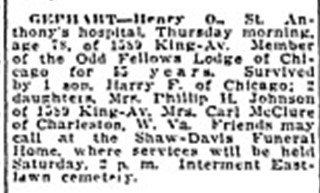
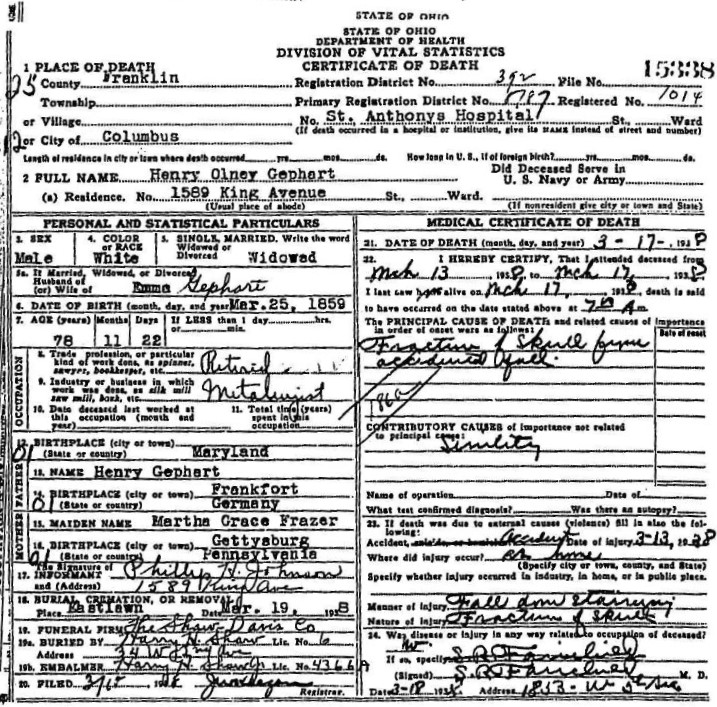
Note: The information on death certificates is based on relatives’ best recollection. In this case, the birthplace is incorrect – his father was born in Germany.
The title of this essay was inspired by the song made popular by Peter, Paul and Mary, If I Had a Hammer.

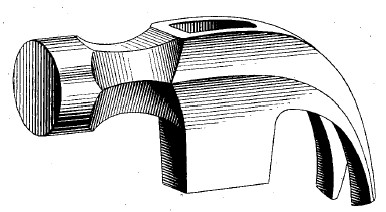
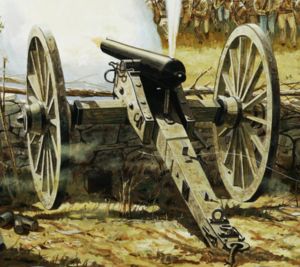
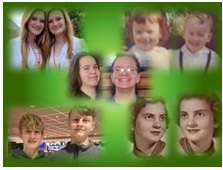
By Roger Eaton, grandson*
*Relation to Andy and/or Flora Lehr
On my drive home from work one day, I noticed a real estate agent setting a For Sale sign in a yard. She was having a difficult go of it. Her high heel shoes added to her challenge. At that point, I thought that there should be a better way to set yard signs. Before I pressed the button to open my garage door, I had an idea for yard signs.
I dropped my car keys on the kitchen counter and quickly sketched my idea. In my high school auto body class, we used a slip hammer to remove dents. I thought that a slip hammer in a signpost could do the opposite of the dent remover. Instead of pulling, it could drive the sign (into the ground).
Marcia’s dad was a talented wood turner. I gave him a sketch of my idea. Together, we made a model from wood and PVC pipe. It was a great model for explaining my idea. The library offered a class on the patent process. The instructor provided a patent attorney referral.
I had previously used an intellectual property firm to register some software with the Library of Congress. They were considered the best IP firm in the Kansas City area. Their prices were higher than I wanted to spend. I contacted the referral from my class and made an appointment.
I took my model to the initial appointment with the IP attorney. He liked the idea and was confident that I could obtain a design patent. He was able to make drawings of the invention and submitted a patent application. The patent office began a patent search to determine if this invention was unique. During that time, I engaged a welder to make some prototypes. He did a great job. He made a version that exposed the internal design.
Initially, the patent office declined my application. My attorney was sure that my invention was patentable. He made a trip to the patent office, in Washington D.C. with a working prototype. It was a slight challenge to clear security in the patent office, but he convinced the guards that it was an invention for a patent application. Once the patent examiner saw the prototype with the exposed workings, the patent was approved. That was an exciting time in our house! We celebrated with a key lime pie.
See below: pdf copy of the patent and video demonstrations of the invention
US7325344 Eaton Gnd Mnt Insert-Xtract
Quick Stix Crime Scene
Quick Stix Relator Sign
Quick Stix Cut Out Stick